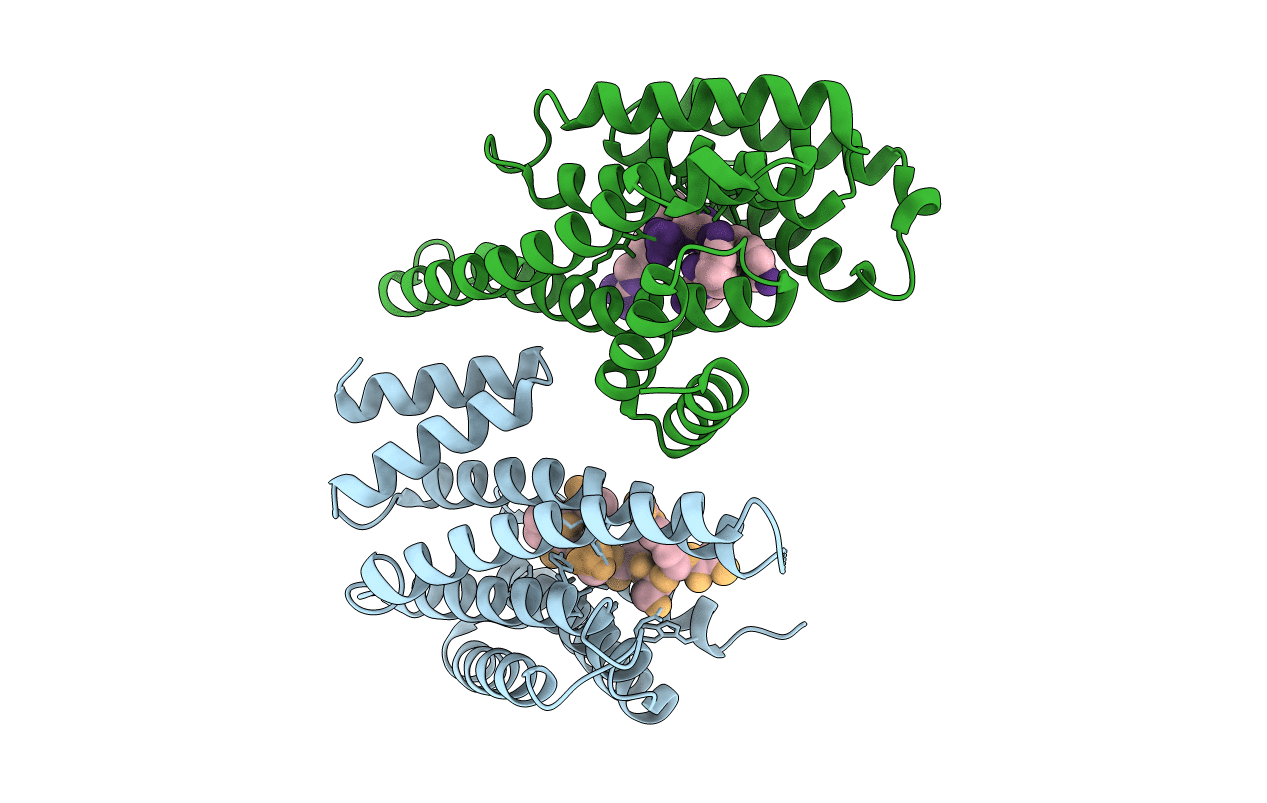
Deposition Date
1999-06-23
Release Date
1999-09-15
Last Version Date
2024-10-23
Method Details:
Experimental Method:
Resolution:
2.00 Å
R-Value Free:
0.28
R-Value Work:
0.21
Space Group:
P 21 21 21


